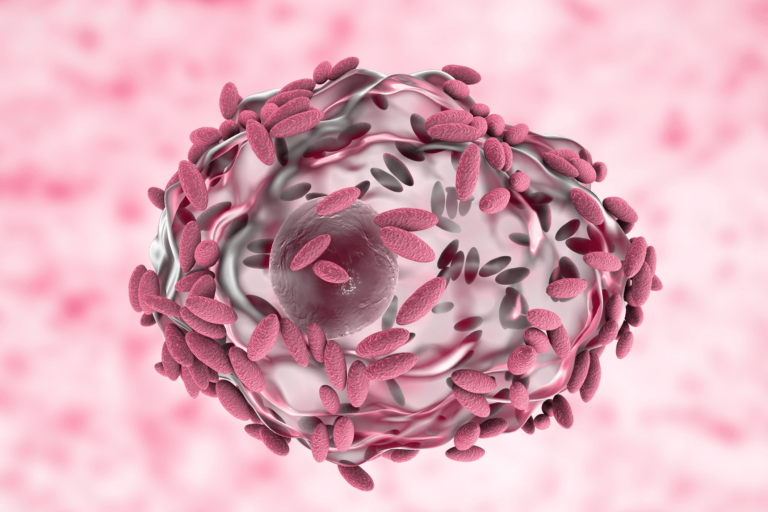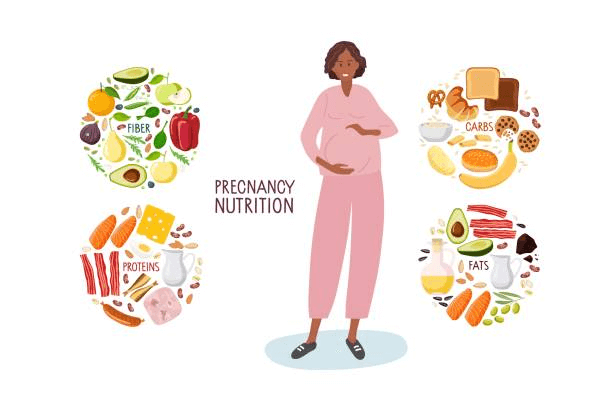Dealing with Fetal Growth Restriction (FGR): A Personal Experience and Comprehensive Guide

Introduction to Fetal Growth Restriction (FGR)
When I was 20 weeks pregnant, I received a diagnosis that would change my pregnancy journey: fetal growth restriction (FGR), also known as intrauterine growth restriction (IUGR). This condition indicated that my baby wasn’t growing at the expected rate for their gestational age, which was both confusing and overwhelming.
FGR is defined as a condition where a fetus has a weight or abdominal circumference less than the 10th percentile for its gestational age. It occurs in up to 10% of pregnancies and can be caused by a variety of factors including maternal disease, fetal conditions, or placental dysfunction. Despite its prevalence, it is not frequently discussed in parental groups, leaving many parents unprepared for the diagnosis.
Understanding the Implications of FGR
The risks associated with FGR include high blood pressure, low birth weight, issues during delivery, decreased oxygen levels, infection, low blood sugar, and breathing problems. FGR has also been linked to future cognitive development issues and ongoing growth restrictions. However, it’s important to note that outcomes depend on the underlying cause of FGR and that many pregnancies with FGR result in healthy babies.
Dr. Lynn L. Simpson, chief of maternal fetal medicine at Columbia University Irving Medical Center, emphasizes that each case of FGR is unique and that favorable outcomes are possible with proper monitoring and care from obstetricians and maternal-fetal medicine specialists.
Also read: Bonding With Baby Before Birth: Strengthening Your Connection Early
Symptoms and Diagnosis of FGR
FGR is typically diagnosed after 20 weeks of pregnancy through measurements of the fundal height, which should correspond to the number of weeks of pregnancy. If the fundal height is significantly smaller than expected, further investigations such as ultrasound measurements, fetal monitoring, and screening for infections may be conducted.
Causes of FGR
FGR can result from various factors including lifestyle choices (e.g., smoking, drug abuse), maternal health conditions (e.g., high blood pressure, diabetes), infections (e.g., toxoplasmosis, cytomegalovirus), and problems with the placenta. In some cases, chromosomal abnormalities or genetic conditions may also be responsible.
Treatment and Management of FGR
Once diagnosed, fetuses with FGR are monitored closely by maternal-fetal medicine specialists. Treatment may involve regular ultrasounds to monitor growth, fetal heart rate, and blood flow, as well as parental health assessments. In some cases, early delivery may be recommended if it is deemed safer for the baby to be outside the womb.
My own experience involved a premature delivery at 31+6 weeks due to complications from FGR. My son spent five weeks in the neonatal intensive care unit (NICU) to build his strength and achieve a healthy weight. With the support of my medical team, we navigated the challenges and uncertainties associated with FGR.
Postnatal Challenges and Outcomes
Babies diagnosed with FGR may face additional challenges after birth, such as feeding issues and developmental delays. My son experienced some delays in gross motor skills but caught up by his first birthday, achieving healthy growth and development milestones.
Feeding specialist Cuyler Romeo emphasizes the importance of specialized support for children with FGR to ensure they reach their full growth and developmental potential. Many children diagnosed with FGR catch up by age two, but ongoing monitoring and support may be necessary.
Conclusion
FGR can be a daunting diagnosis, but with the right care and support, many pregnancies with FGR result in healthy outcomes. It is crucial for parents to work closely with their healthcare providers to manage the condition and prepare for any potential challenges. My personal journey with FGR ultimately had a positive outcome, and I hope my story provides reassurance and guidance for others facing a similar diagnosis.
Also read: Risks Of Pregnancy After Age 35: A Comprehensive Guide






